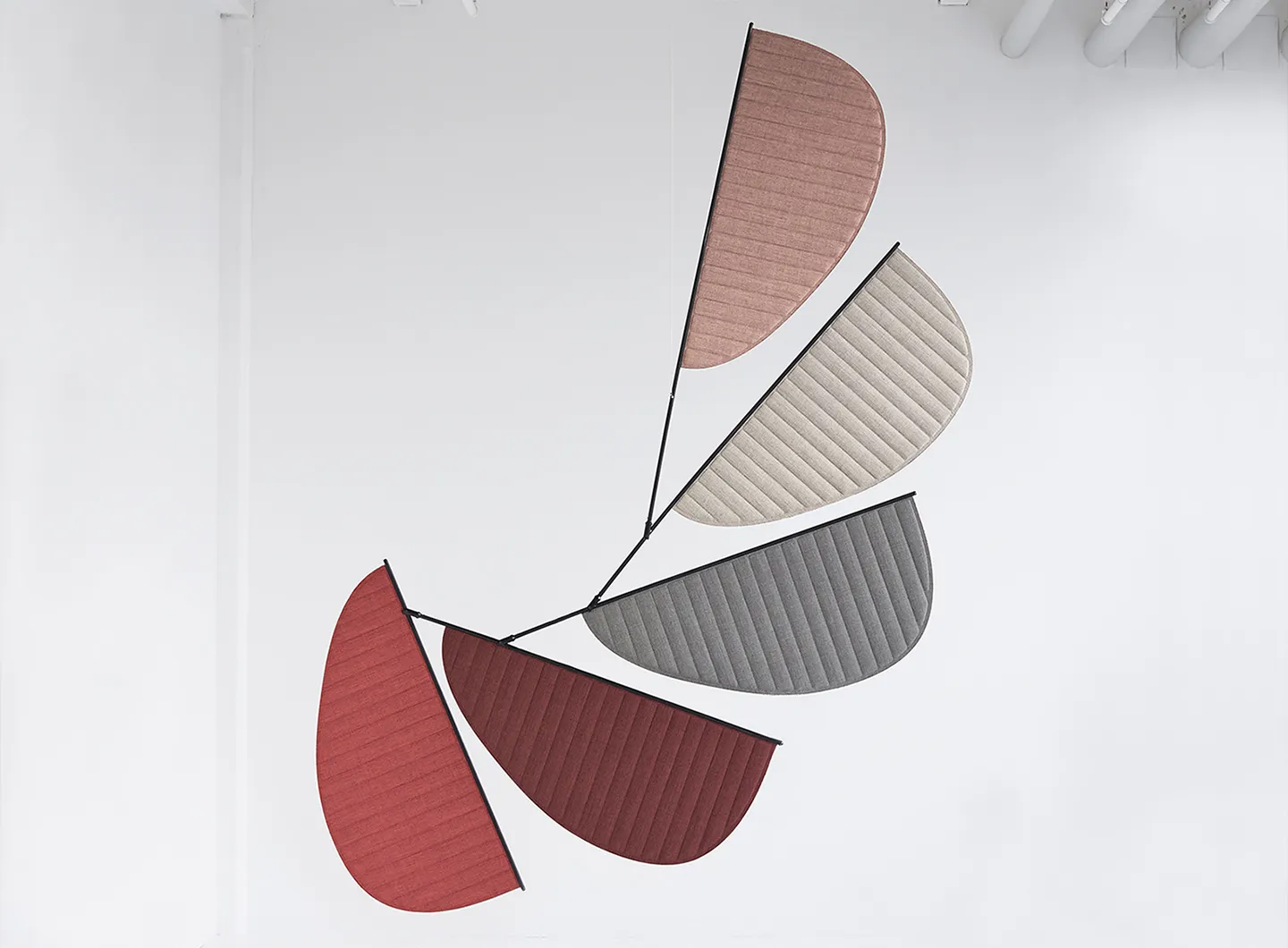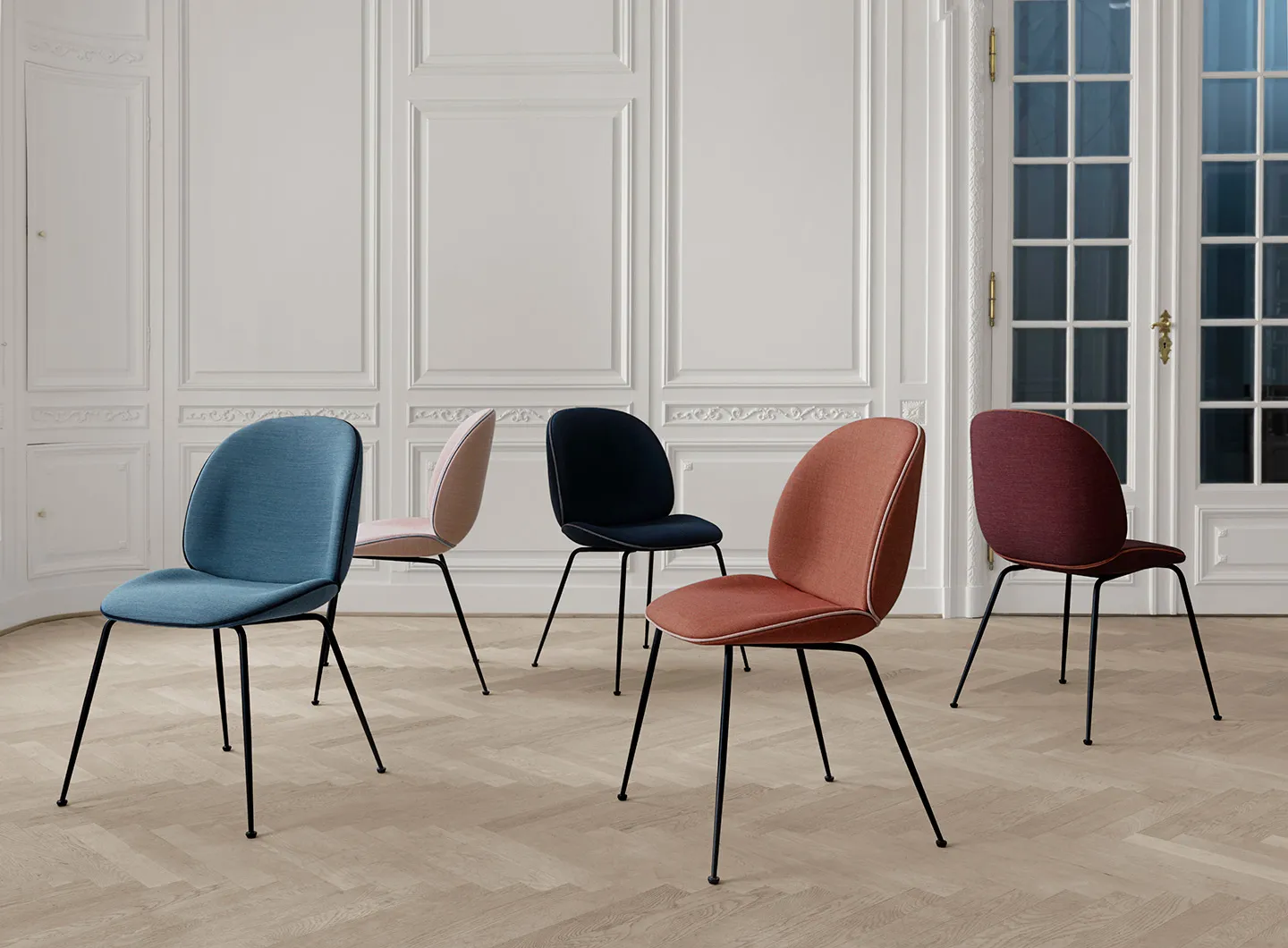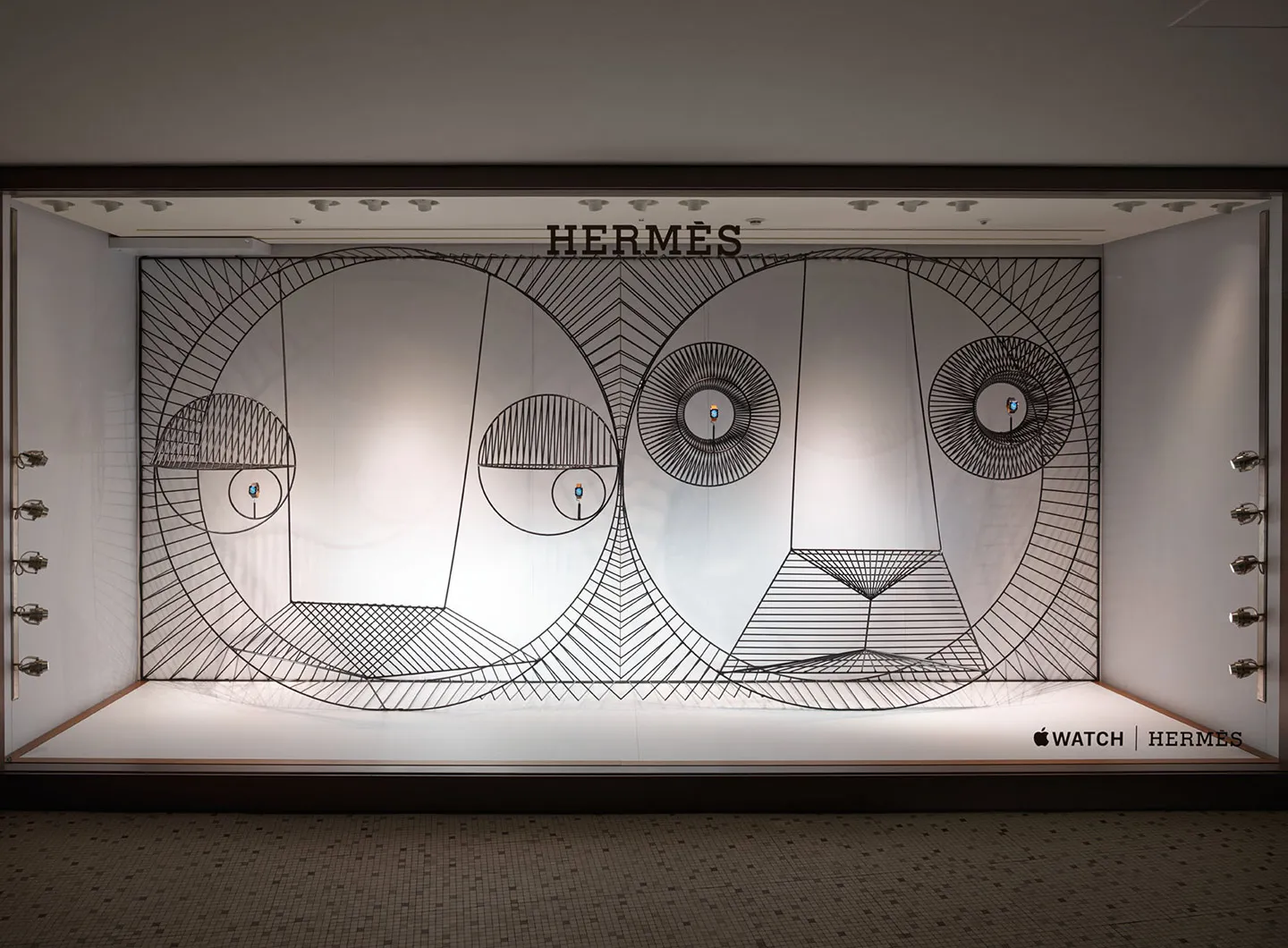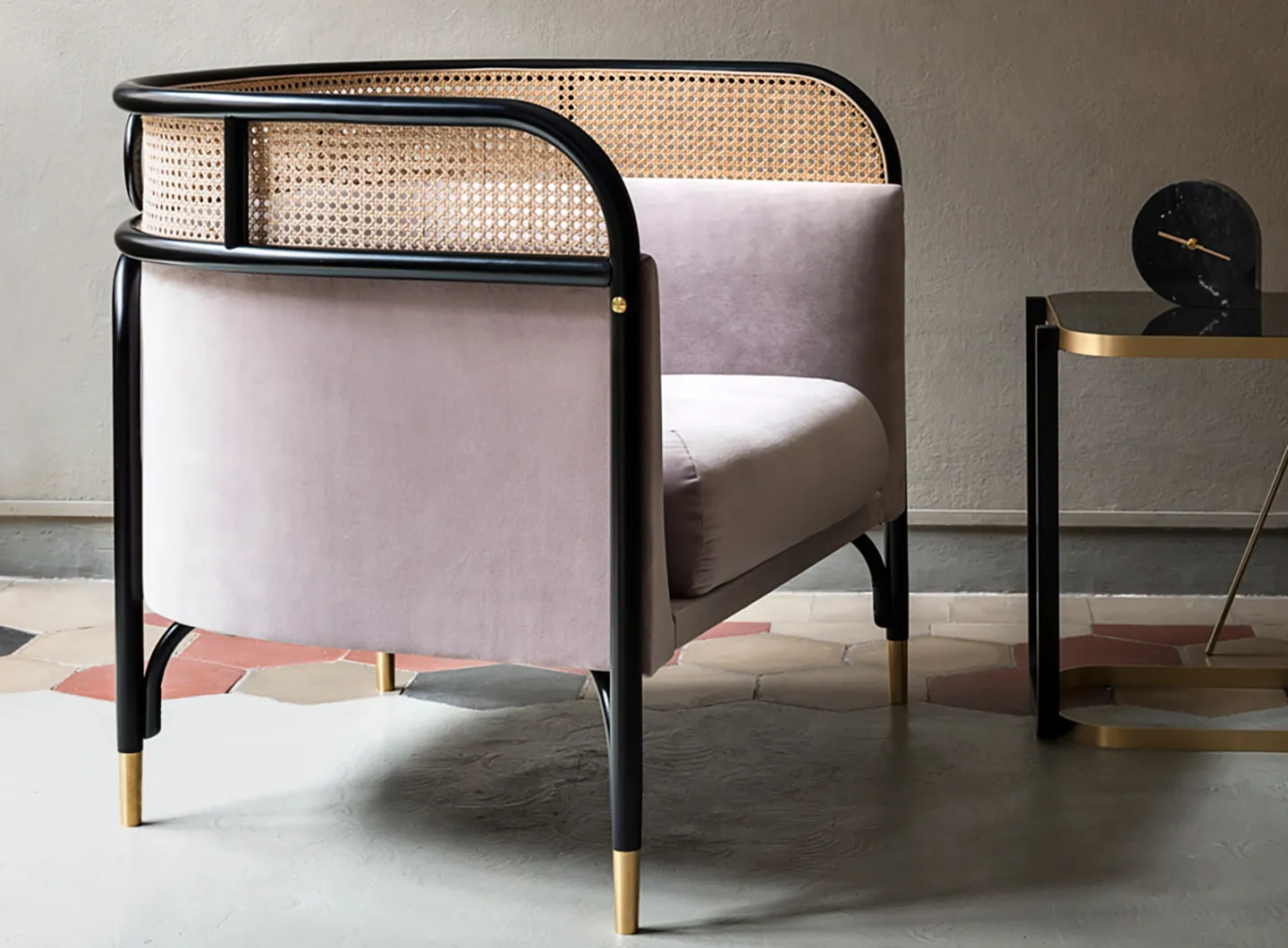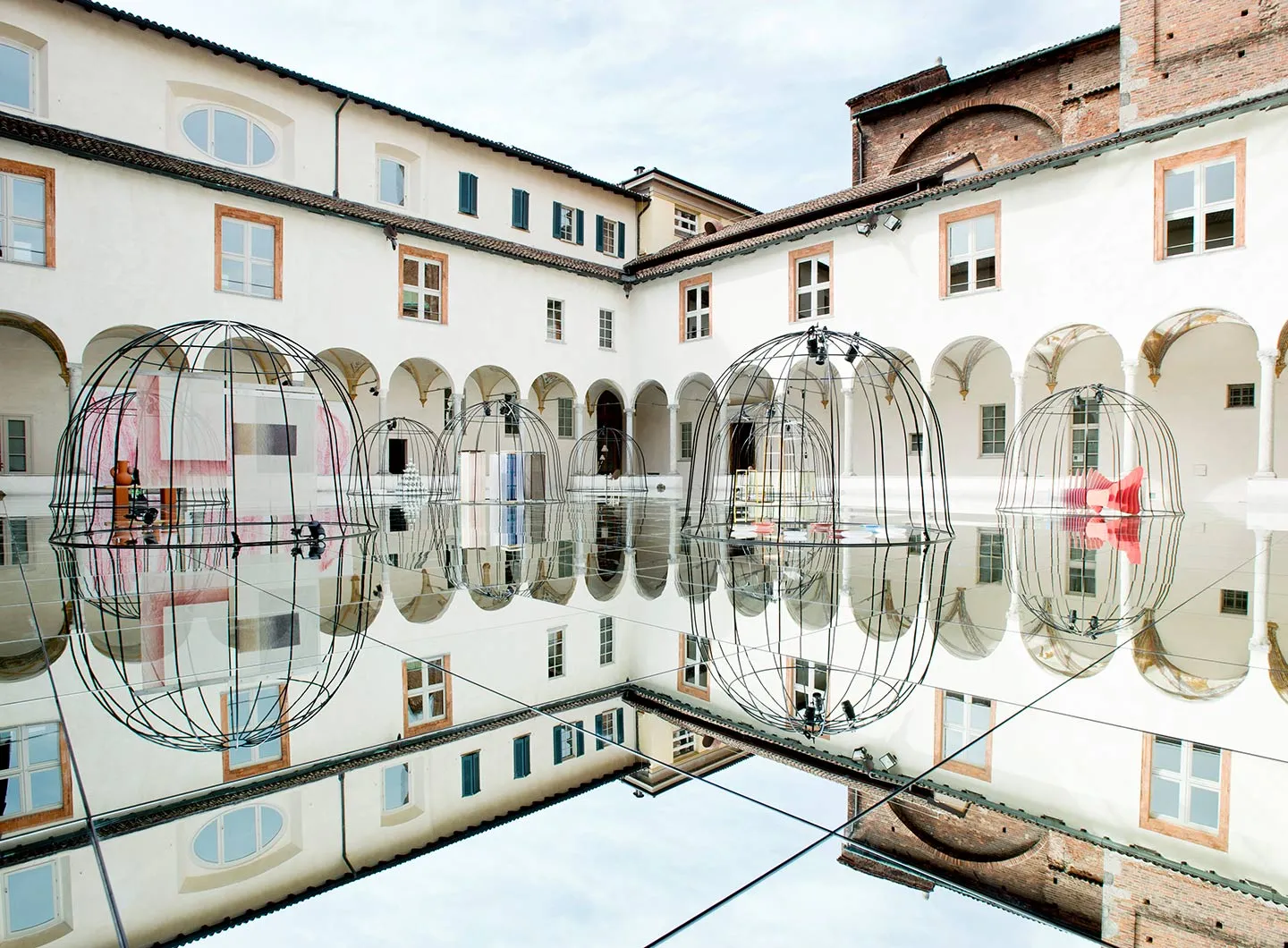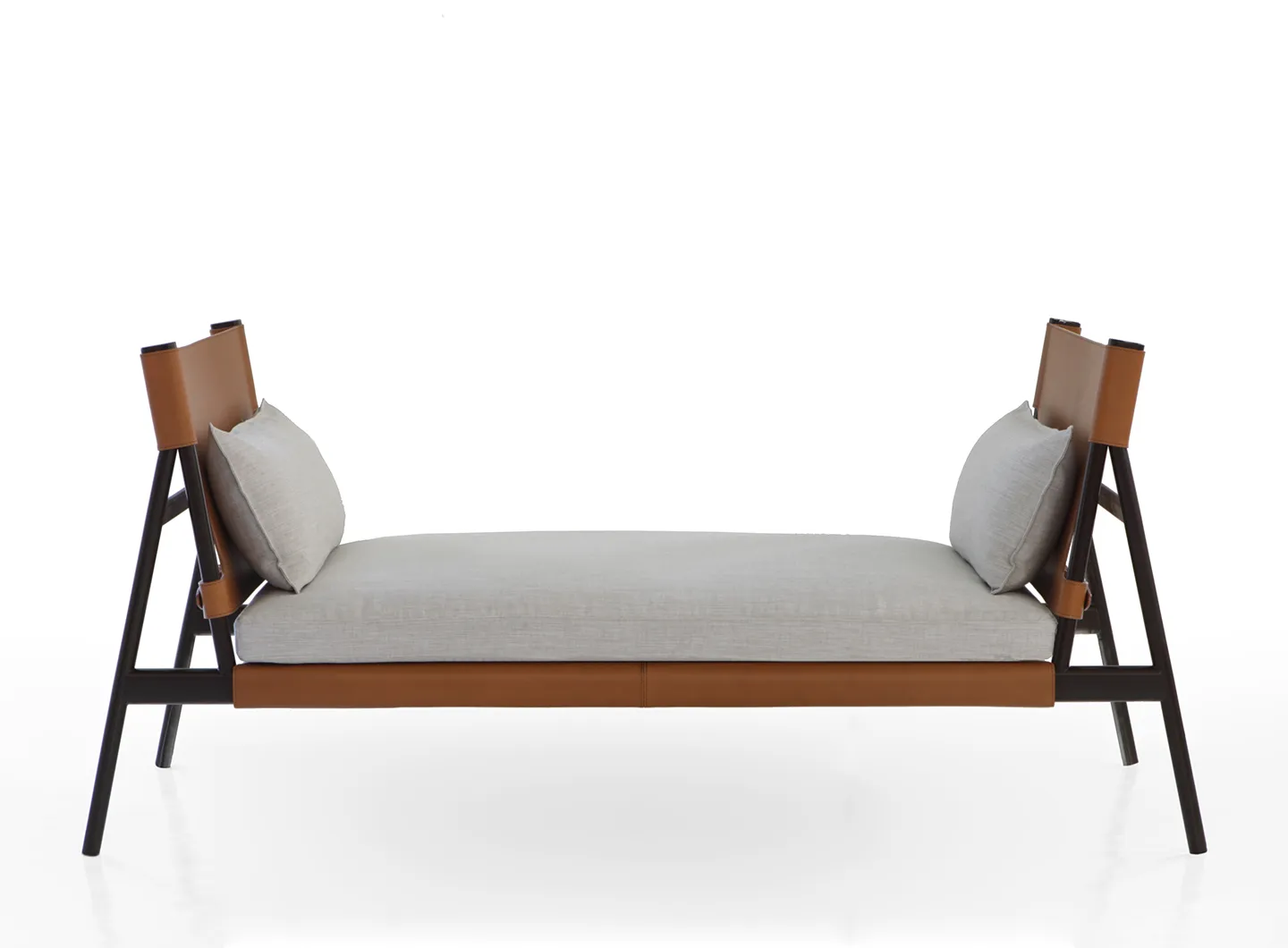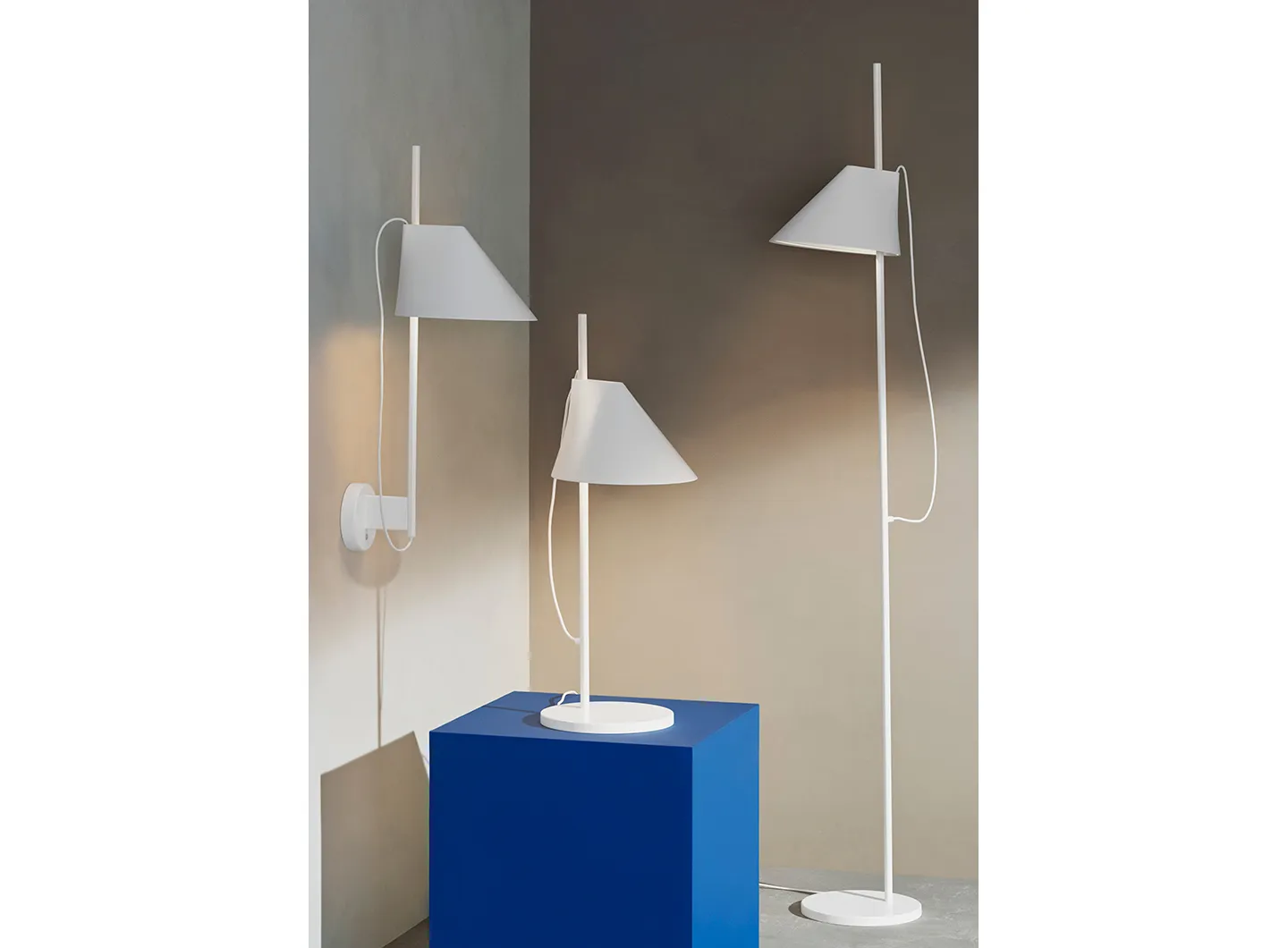From the Waldorf Astoria New York to the Hotel Danieli in Venice and the Aman Rosa Alpina: the reopenings that redefine luxury and contemporary hospitality.
Gam Fratesi
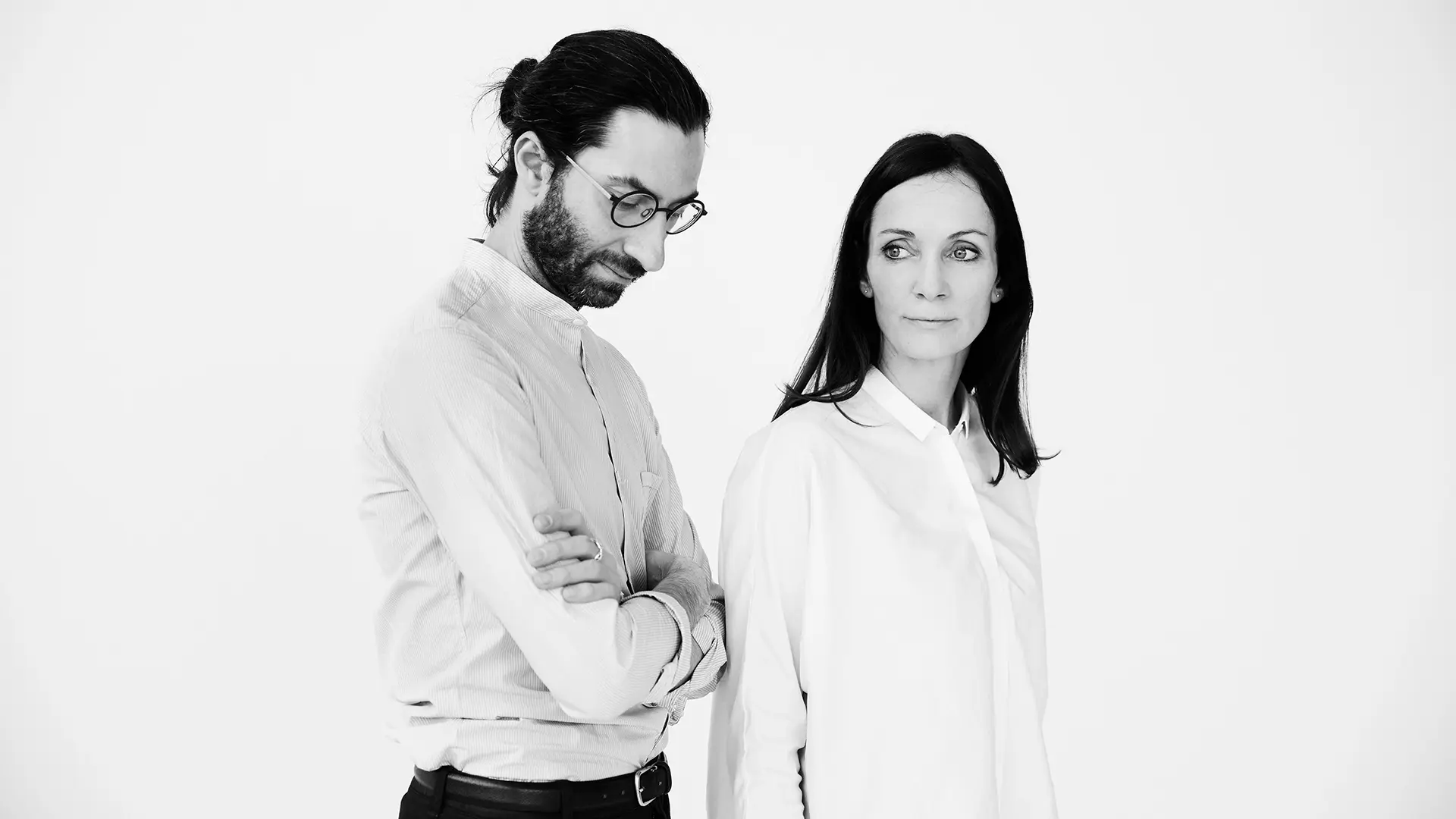
A design philosophy that is both simple and personal, functional and poetic. From Copenhagen, Stine Gam and Enrico Fratesi's studio is deeply rooted in the now.
Gamfratesi studio, based in Copenhagen, was founded in 2006 by danish architect Stine Gam and italian architect Enrico Fratesi.
In actual fact, not much has changed in terms of work method and passion in carrying it out.
The studio works with many important international companies and tackles projects that are probably much more complex than a few years ago, but that was not why we decided to increase the size of the studio, we remain firmly committed to building an intimate practice, made up of just a few collaborators with Stine and Enrico following every project closely. Certainly the cultural contrasts are part of a process that never stops, but does evolve. Revisiting typologies is extremely interesting, people change their way of life and the typologies are ”updated” with contemporary society in mind.
Let’s say that at the moment we are lucky enough to be on the receiving end of a lot of interesting invitations.
In collaborations, there has to be an understanding, and we always hope that it’s not just connected to one product but to a long-lasting relationship.
It’s hard, but ideally objects should be in equilibrium with us and with our space, so there isn’t necessarily a catchall answer to what ”we want things to do.” Personally we prefer design that embraces both simplicity and character, functional yet losing none of its poetry.
We start from the human perspective, not that of the object, we analyse behaviours no matter how simple, to help create intimate spaces like microarchitectures. It’s not easy, but we try …
Probably from the point of view of the narrative. For displays the narrative has to take centre stage. Unlike a product that has to last for many years, not just in terms of use but also in terms of changing lifestyles, displays – which can also only last a few days – but we can contribute an intense experience, albeit very brief, that will make a deep impression on visitors during their short visit but stay with them for a long time.
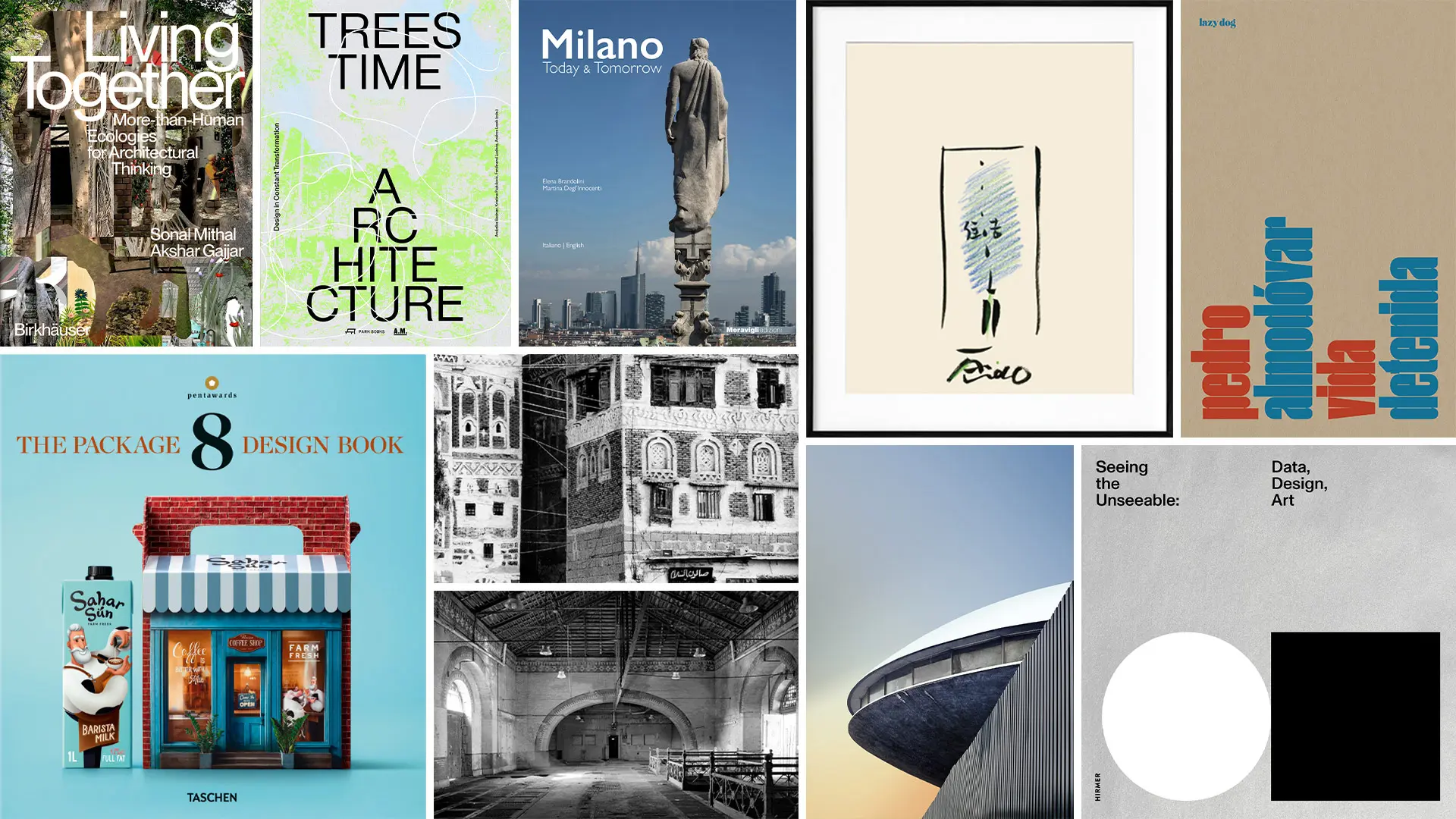
10 subjects for 10 books. The latest Italian and international publications
750 drawings by Tadao Ando, Zanuso and Mulas’ travel journals, NYC's water system. Plus spatial aesthetics, Big Data, packaging, Milan, photos by Almodóvar and, of course, architecture and nature.



